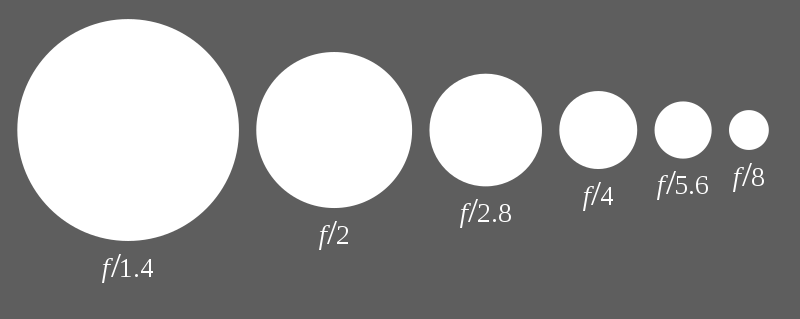Deep focus is a technique in photography that involves capturing an image with a large depth of field, meaning that elements in the foreground, middle ground, and background are all in focus at the same time. This technique is achieved by adjusting the aperture, focal length, and distance to the subject.
One of the main benefits of using deep focus is that it allows the photographer to capture more details within a single frame. This is especially useful when shooting landscapes, architecture, or still lifes, as it allows the viewer to see the entire scene clearly and in detail.
Deep focus can also be used to create a sense of depth and dimension in an image, as the different planes of focus help to separate the various elements in the scene and create a sense of distance between them. This can be particularly effective when shooting in crowded or cluttered environments, as it allows the photographer to clearly distinguish between the various elements in the frame.
To achieve deep focus, the photographer must first select a lens with a large aperture, typically f/8 or higher. This allows more light to enter the lens and reach the camera’s sensor, which in turn allows the photographer to use a slower shutter speed and still maintain a properly exposed image.
The photographer must also choose a focal length that is appropriate for the scene they are shooting. Wide-angle lenses, which have shorter focal lengths, are better suited for capturing larger scenes with a greater depth of field, while telephoto lenses, which have longer focal lengths, are better suited for isolating specific elements in the frame and creating a shallow depth of field.
The distance between the camera and the subject is also an important factor in achieving deep focus. The closer the camera is to the subject, the shallower the depth of field will be, while the farther the camera is from the subject, the greater the depth of field will be. This means that if the photographer wants to capture a scene with a large depth of field, they should try to position the camera as far away from the subject as possible.
There are a few other factors that can affect the depth of field in an image, such as the size of the sensor in the camera, the distance between the subject and the background, and the size of the aperture. However, by adjusting the aperture, focal length, and distance to the subject, the photographer can effectively control the depth of field and create images with deep focus.
There are a few different situations in which deep focus can be particularly useful. One common use is in landscape photography, where the photographer wants to capture the entire scene in great detail, from the distant mountains to the nearby flowers. By using a wide-angle lens with a large aperture and positioning the camera far away from the subject, the photographer can create an image with a large depth of field that includes all of the elements in the scene.
Deep focus can also be used in architectural photography, where the photographer wants to capture the entire building in detail, from the base to the top. By using a wide-angle lens with a large aperture and positioning the camera far away from the subject, the photographer can create an image with a large depth of field that includes all of the elements of the building.
Another common use for deep focus is in still life photography, where the photographer wants to capture the entire scene in great detail, from the foreground to the background. By using a wide-angle lens with a large aperture and positioning the camera far away from the subject, the photographer can create an image with a large depth of field that includes all of the elements in the scene.
In conclusion, deep focus is a technique in photography that involves capturing an image with a large depth of field, meaning that elements in the foreground, middle ground

